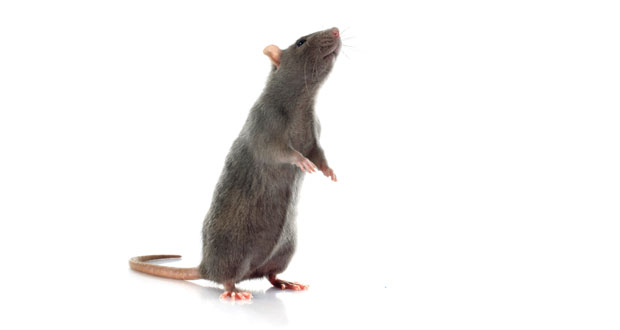At home, work, and on the go, connected devices are revolutionizing the way people live. While the Internet of Things (IoT) is still a relatively new category of technology, many businesses are leveraging the tools available in this fast-growing space. On top of helping hotels to drive guest satisfaction and preference, these modern advancements can create a “smart building” to streamline all sorts of operational areas—including pest control management.
Consumer-facing applications of IoT technology, such as automated controls for temperature and lighting in guestrooms, tend to get the most attention among early adopters. Some of the most-discussed IoT applications available to hospitality properties are abilities for guests to interact with hotel amenities and services with their smartphones. Large chains and boutique properties alike are already incorporating technologies that allow guests to personalize their experiences before they ever set foot in the building.
However, there are plenty of back-of-house uses for IoT technology that have tremendous potential. Behind-the-scenes, IoT technology can allow staff to check on equipment ranging from elevators to HVAC systems, and perform preventative maintenance before issues would normally become apparent.
Recent advances in IoT technology also allow properties to think differently about pest control and preventative pest management programs. Connected devices can provide 24/7 protection against pests such as mice by automating the capture and reporting process. Some of these technologies can report pest activity directly to a pest management provider in real time, offering continual protection even during off hours. This round-the-clock, automated reporting speeds up response time by alerting skilled technicians who can identify and treat the source of a potential problem without further action from maintenance staff.
Along with their ability to capture pests and automatically report activity to a pest management provider, data from these connected devices can be uploaded to a database where hoteliers can then auto-generate reports. Pest activity can be recorded with the exact time, date, location, and species so that analytical tools can track trends, create a historical log, and establish seasonal risk profiles for a property.
Smart devices and IoT technology allow property managers and their pest control providers to review data, identify risk areas for pest activity, and deploy customized solutions tailored to address a property’s unique pest control needs, and even evolve the program over time as a property’s needs and risk points change.
This isn’t just a solution for single properties. This technology can scale up to work for hoteliers and hospitality companies with multiple properties and banners, creating profiles by location, across a banner, or an entire organization to pinpoint problems, identify training needs, make capital expenditure decisions, and more.
As a tool for businesses, the Internet of Things is still in its nascent stages and barely scratching the surface of its potential. Even with many exciting advancements to come, the hospitality industry can leverage connected technologies now to improve a wide variety of processes, including guest services, property maintenance, and pest management. By building a robust IoT platform now, properties will be well positioned to incorporate additional technologies in the future that shape guest experience and improve hotel operations.
About the Author
Mona Latif is the E-Services Product Manager at Rentokil Steritech.











